We are growing! No matter how hard times are lately, our rescue center keeps working on innovation, doing its best to improve for the welfare of those many animals we cared for, and the others recently coming or coming later. 🐒🦉🐆🦜🐫🦡
This 2020 we started another crucial project: to make our quarantine area much bigger and set the best possible standards for the animals’ requirements. We know there are a lot of other things and equipment to get; however, we keep going forward👷♂️
If you want to help, donating any small amount makes a difference, you can contact us: 📧 [email protected]
Thanks for your support that helps us with some of the expenses! 💖
________________________________
Seguimos creciendo. No importa cuán difíciles sean los días últimamente por acá, nuestro centro de rescate sigue trabajando en la innovación, haciendo todo lo posible para mejorar el bienestar de esos muchos animales que cuidamos desde hace tiempo, los que vienen llegando y de los que están por llegar. 🐒🦉🐆🦜🐫🦡
Este 2020 comenzamos otro proyecto muy importante: hacer que nuestra área de cuarentena sea mucho más grande y establecer los mejores estándares posibles para los requerimientos de los animales. Sabemos que hay muchas otras cosas y equipos por conseguir, sin embargo, seguimos adelante y tenemos claro qué más falta a futuro👷♂️
Si desea ayudar, donar una pequeña cantidad hace la diferencia, puede contactarnos: 📧 [email protected]
Gracias por el apoyo que nos ayuda a cubrir con parte de los gastos 💖
Check how it is going at the moment!
¡Miren cómo vamos avanzando por ahora!
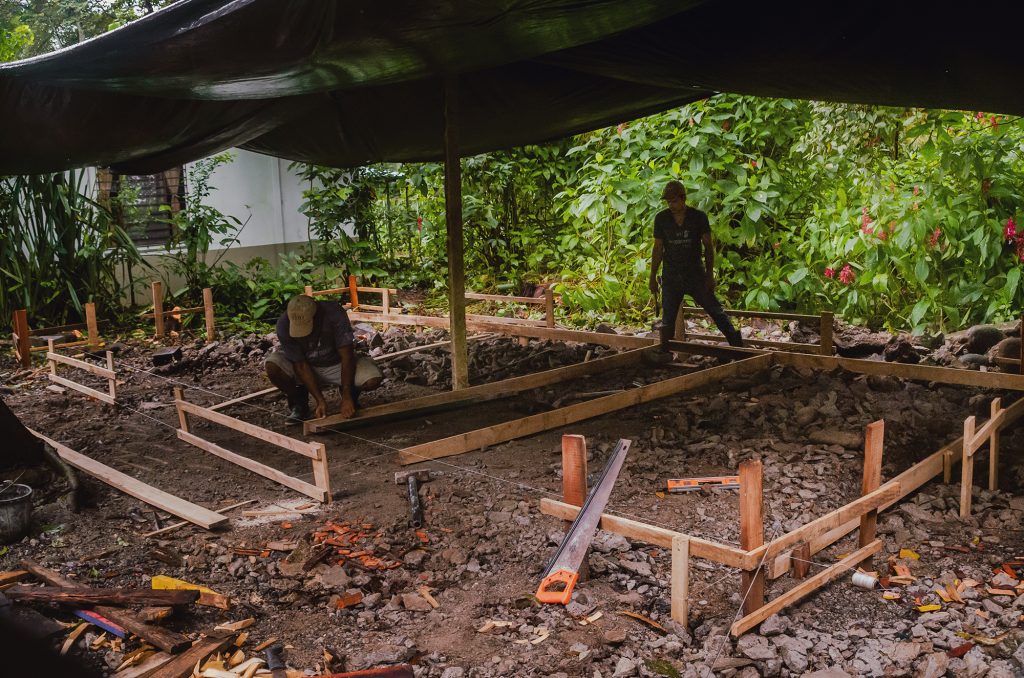
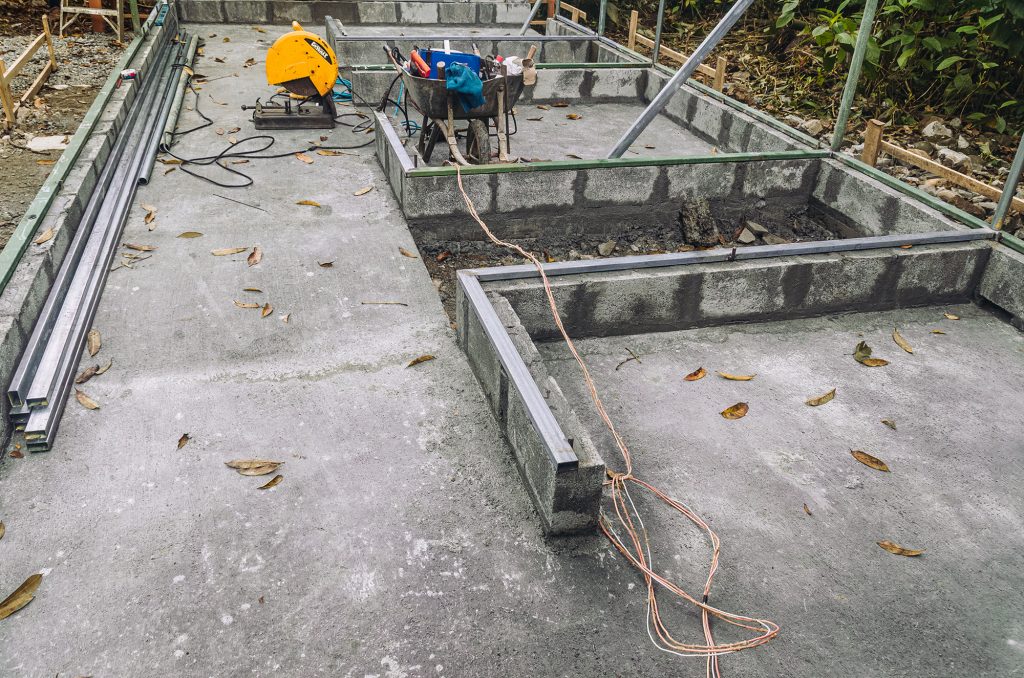
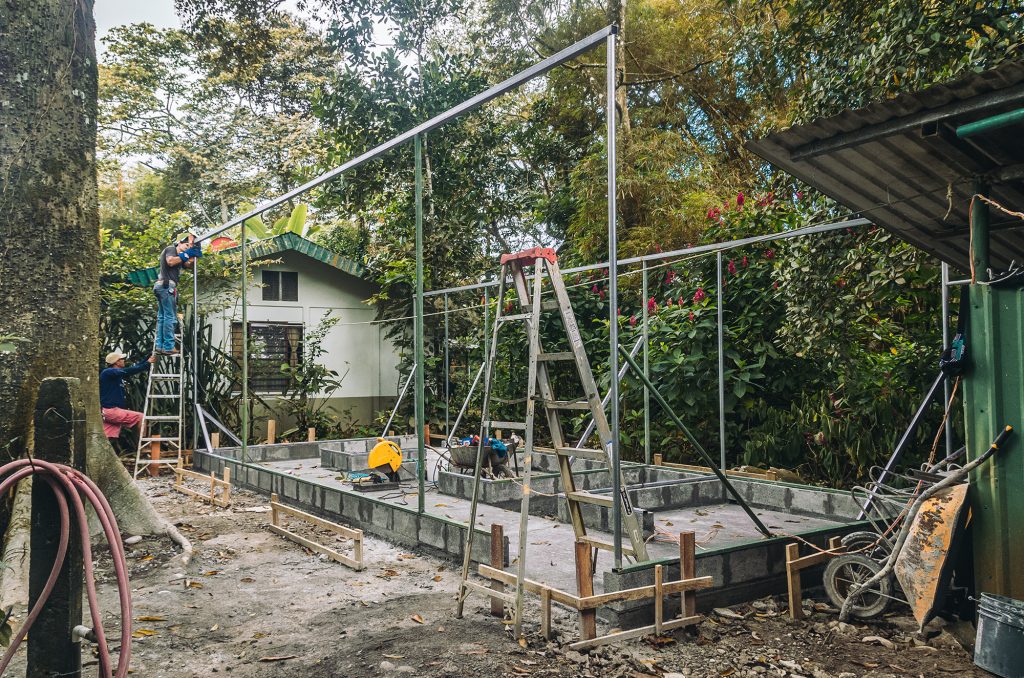
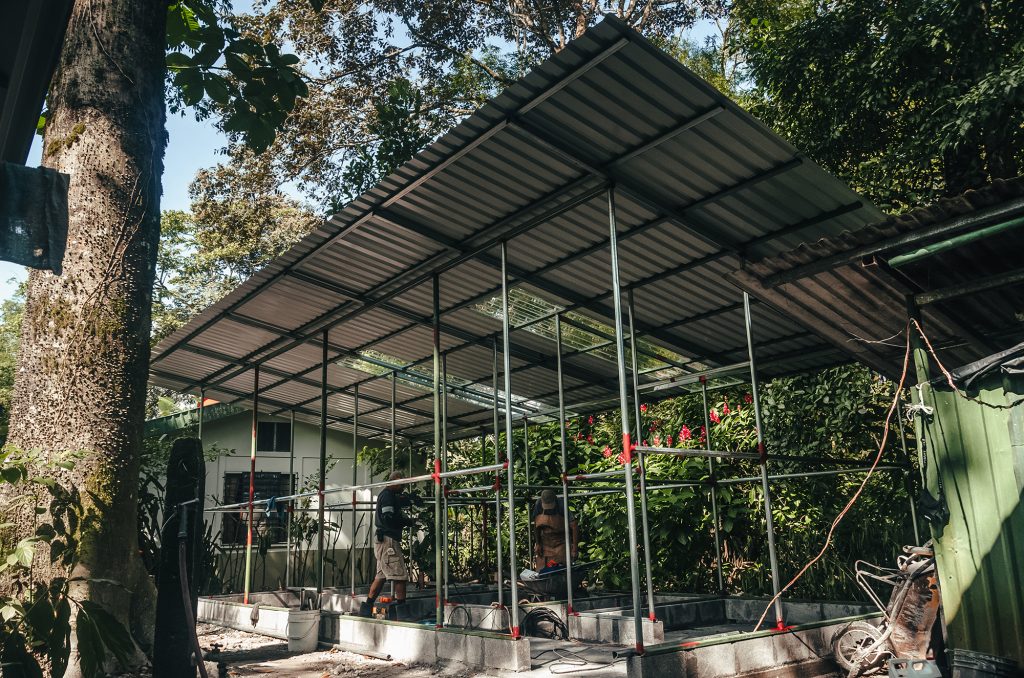
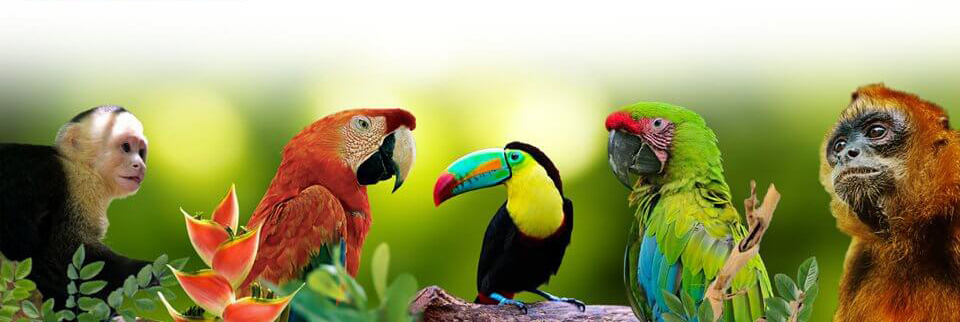
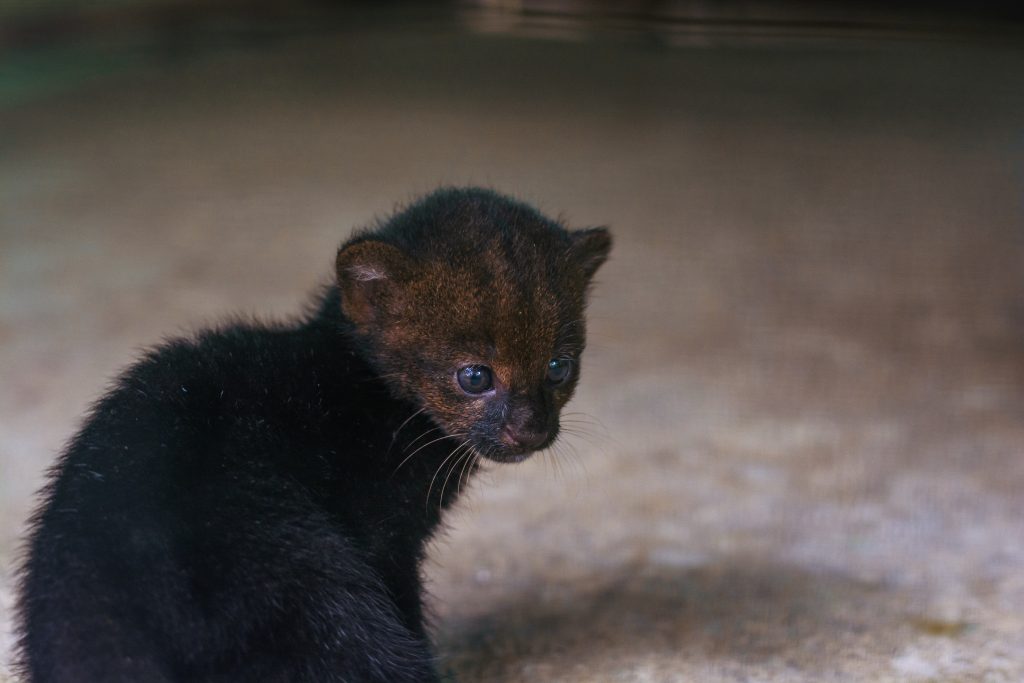
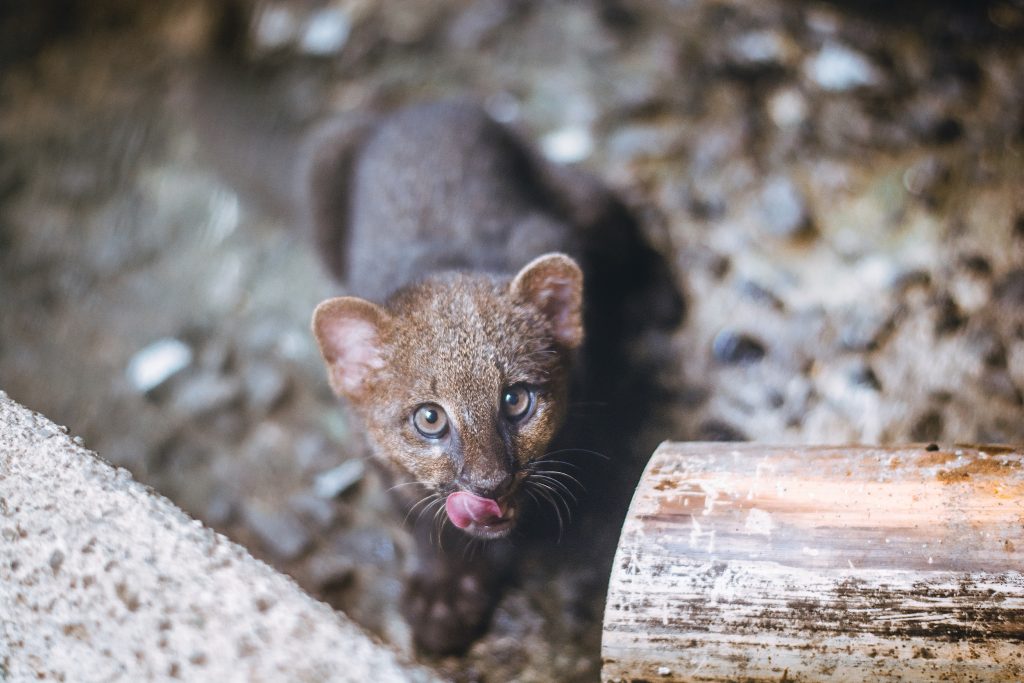
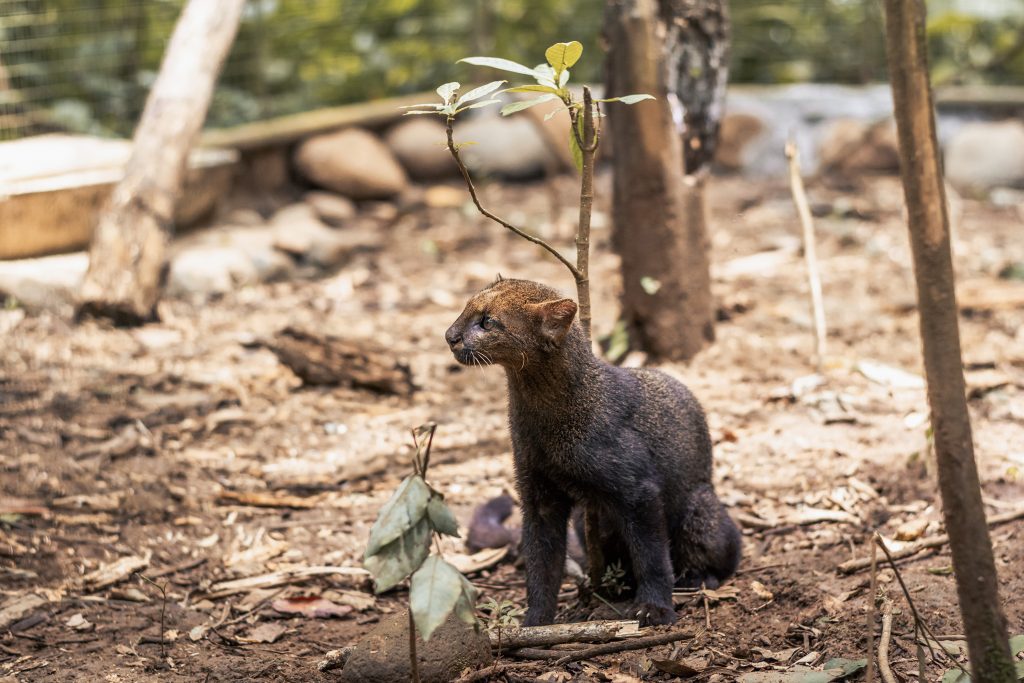
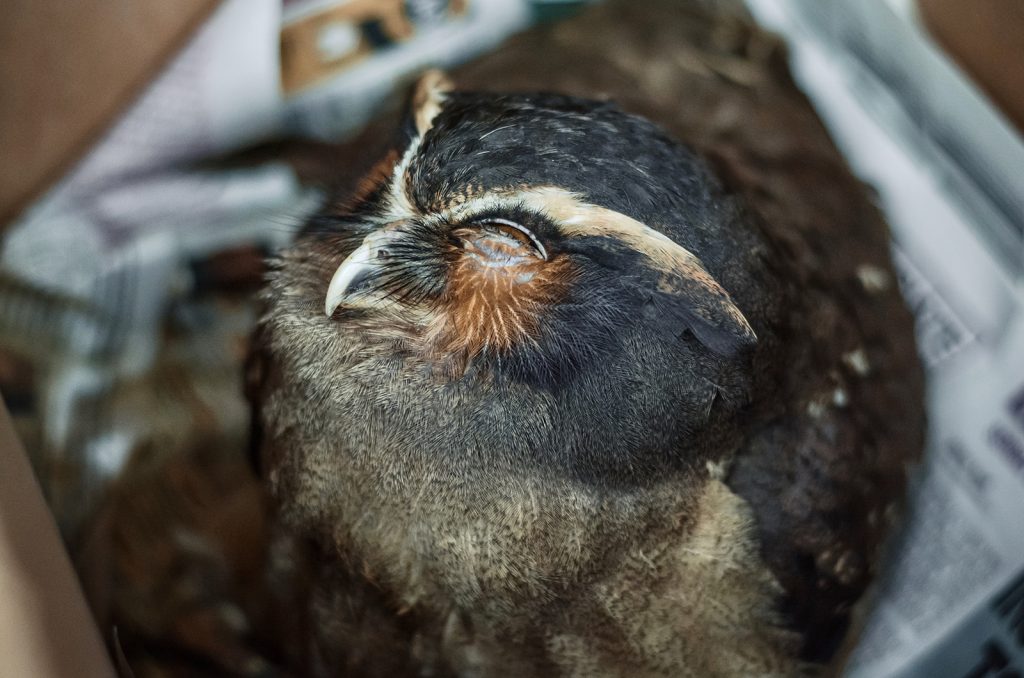
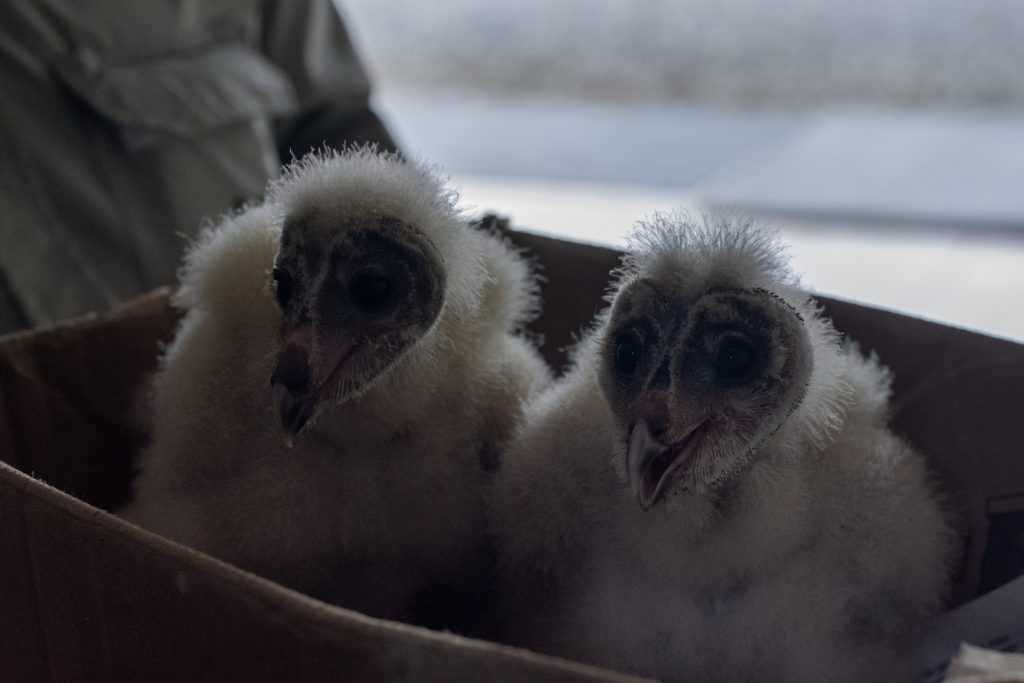

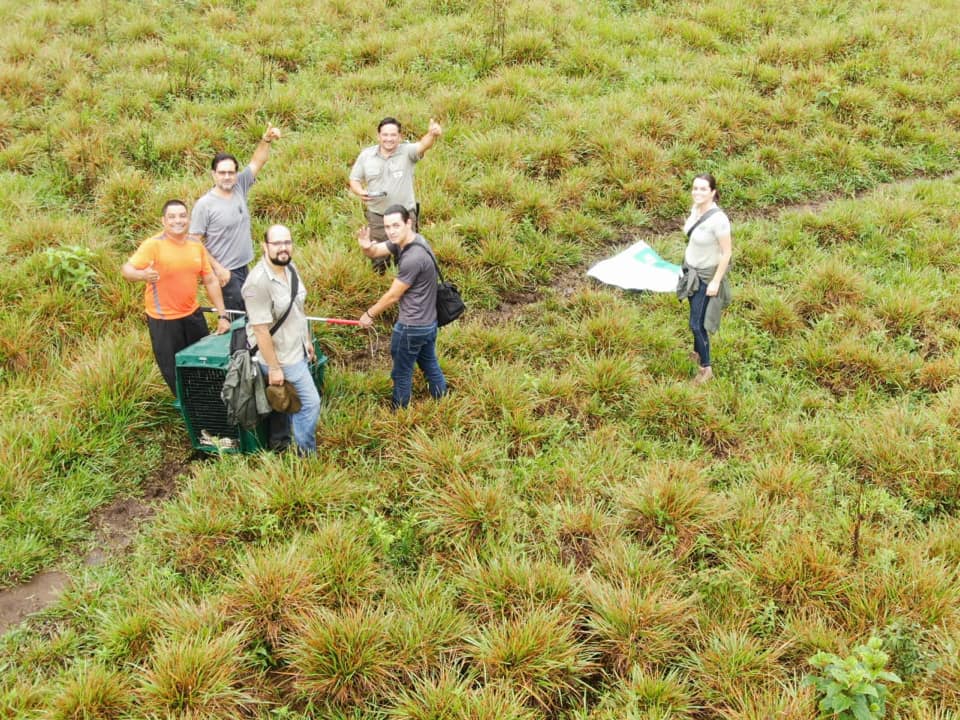
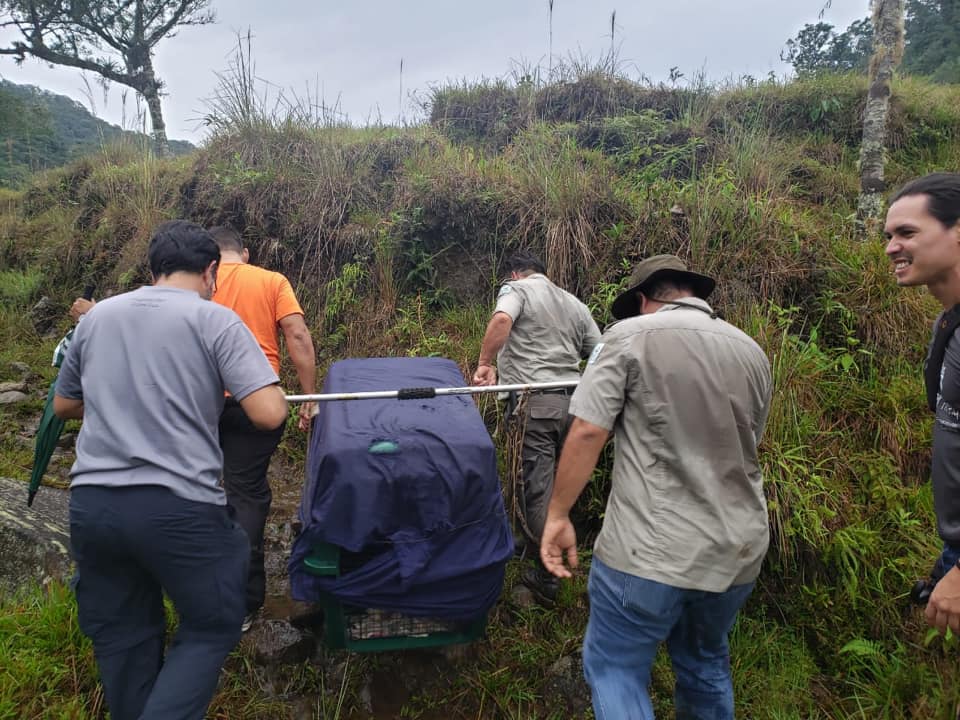
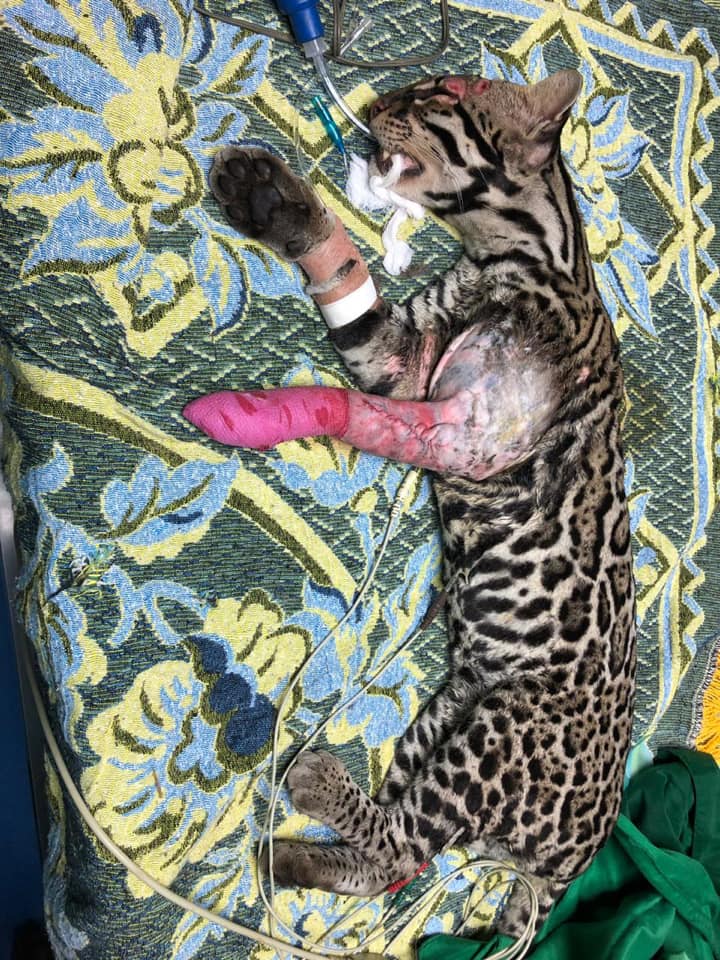
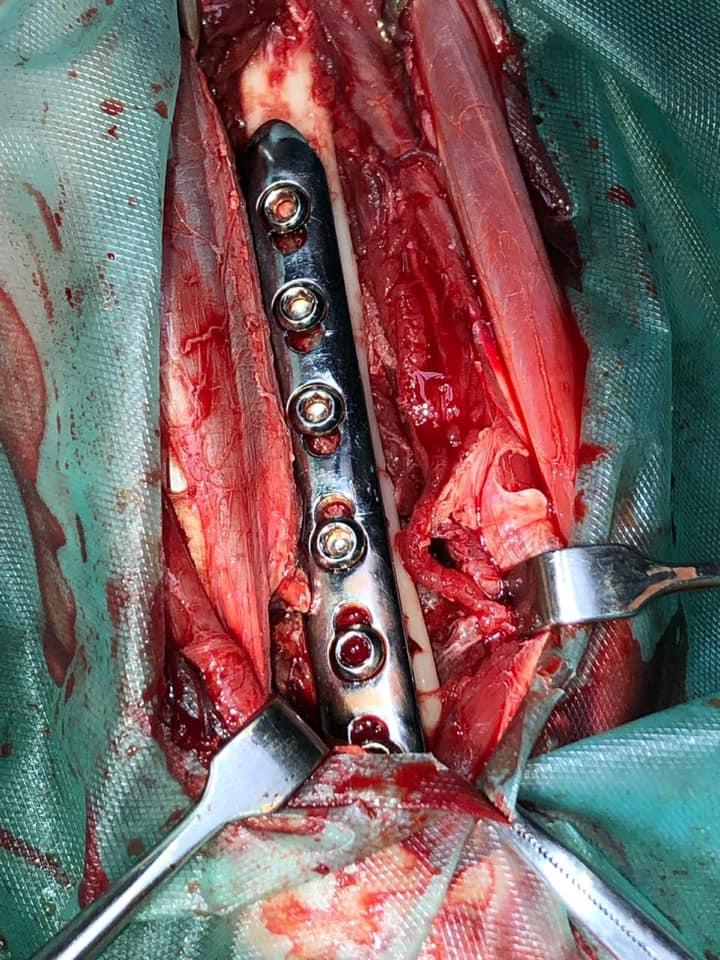
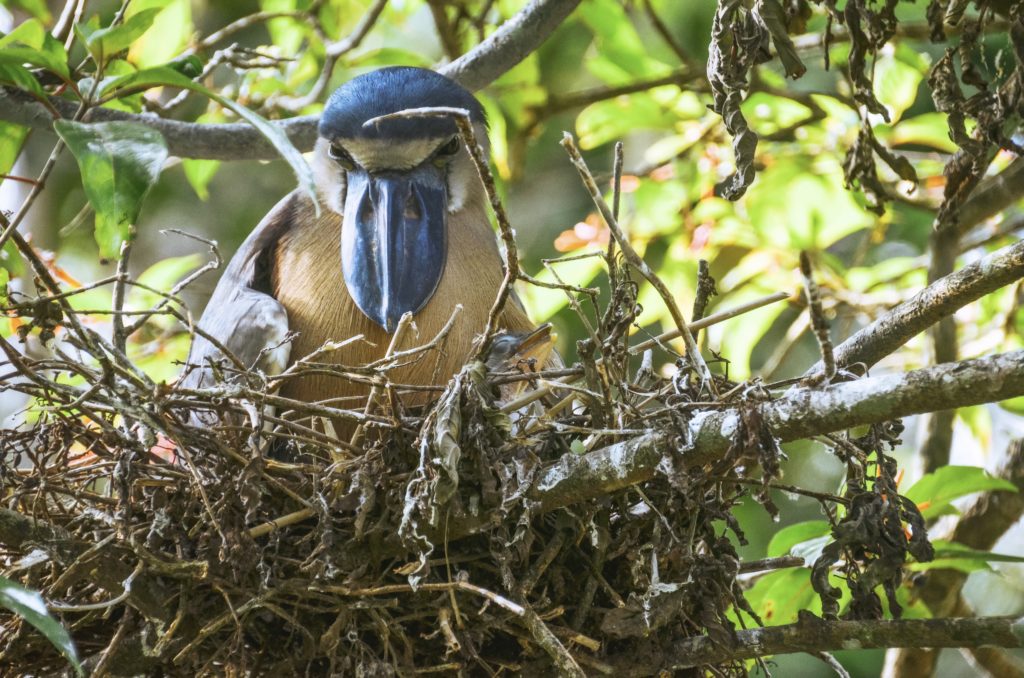
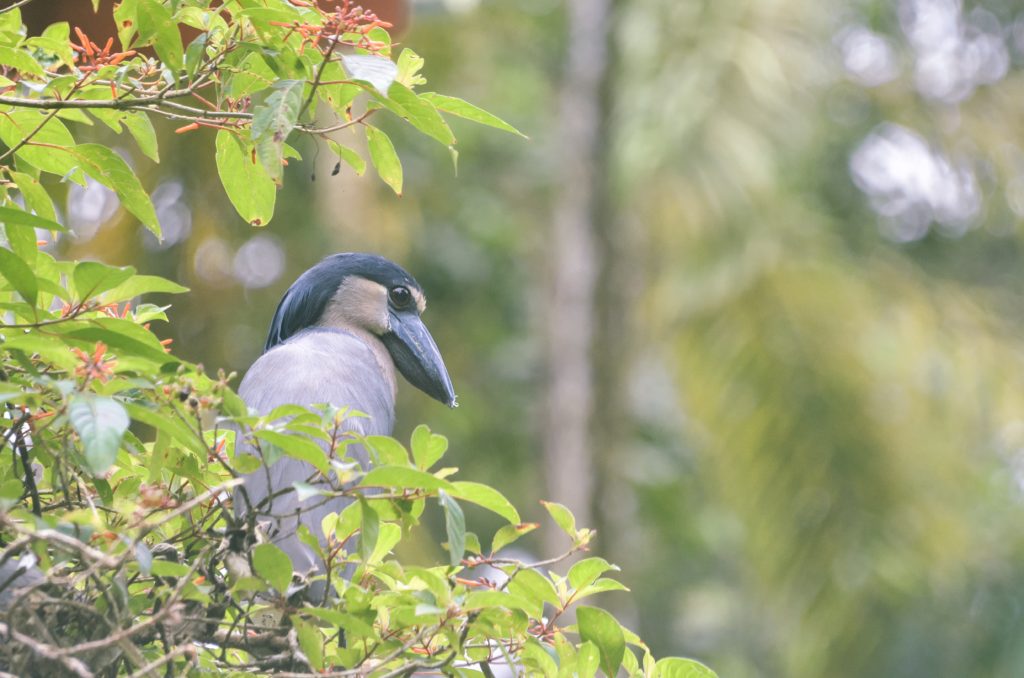
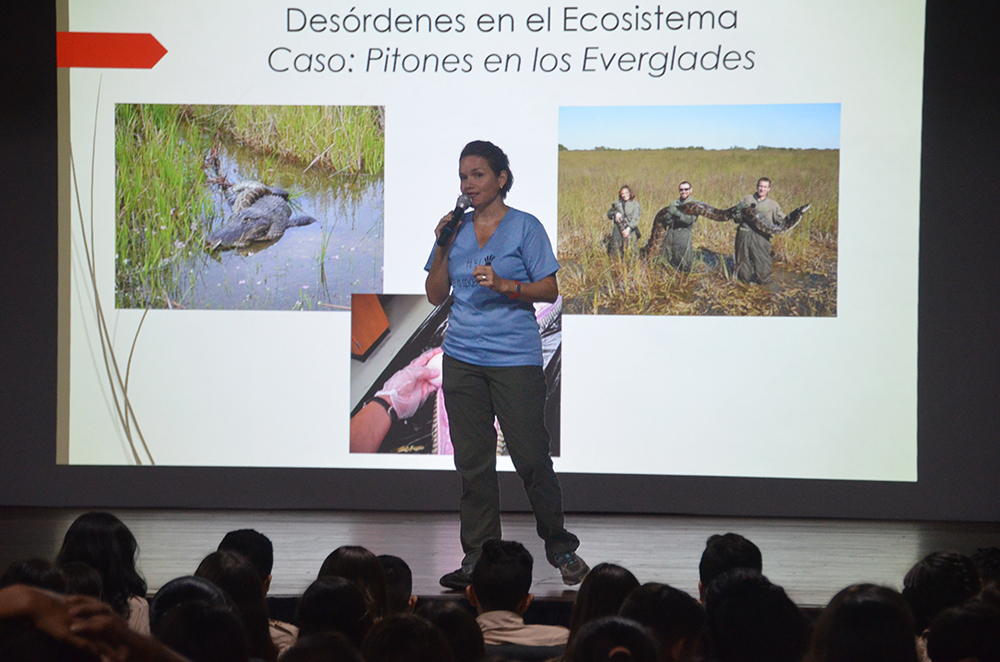
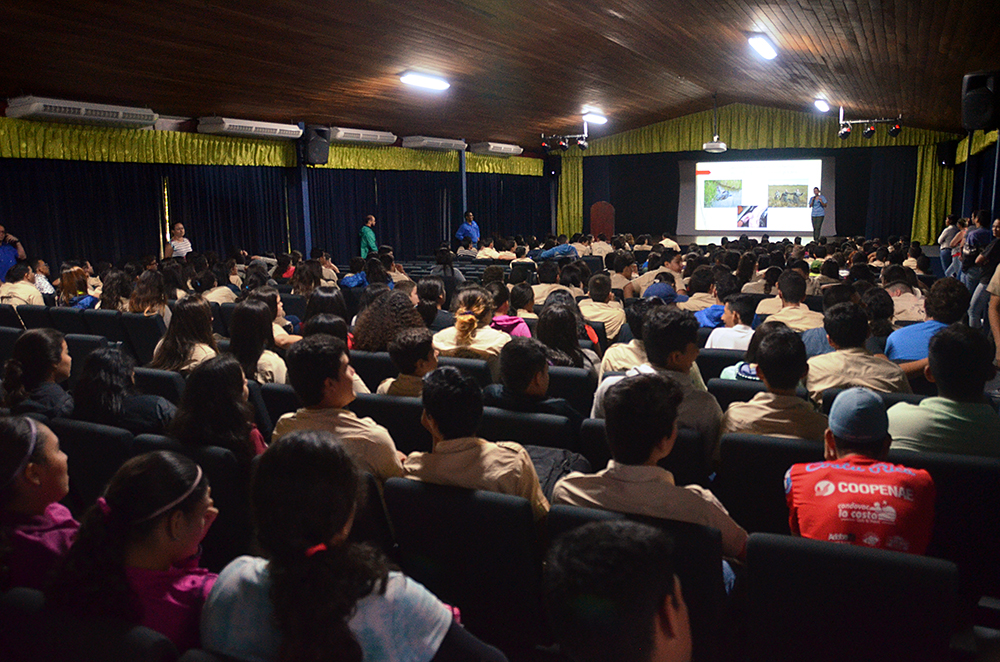
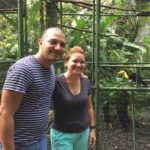
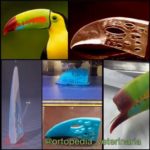
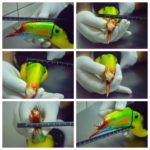
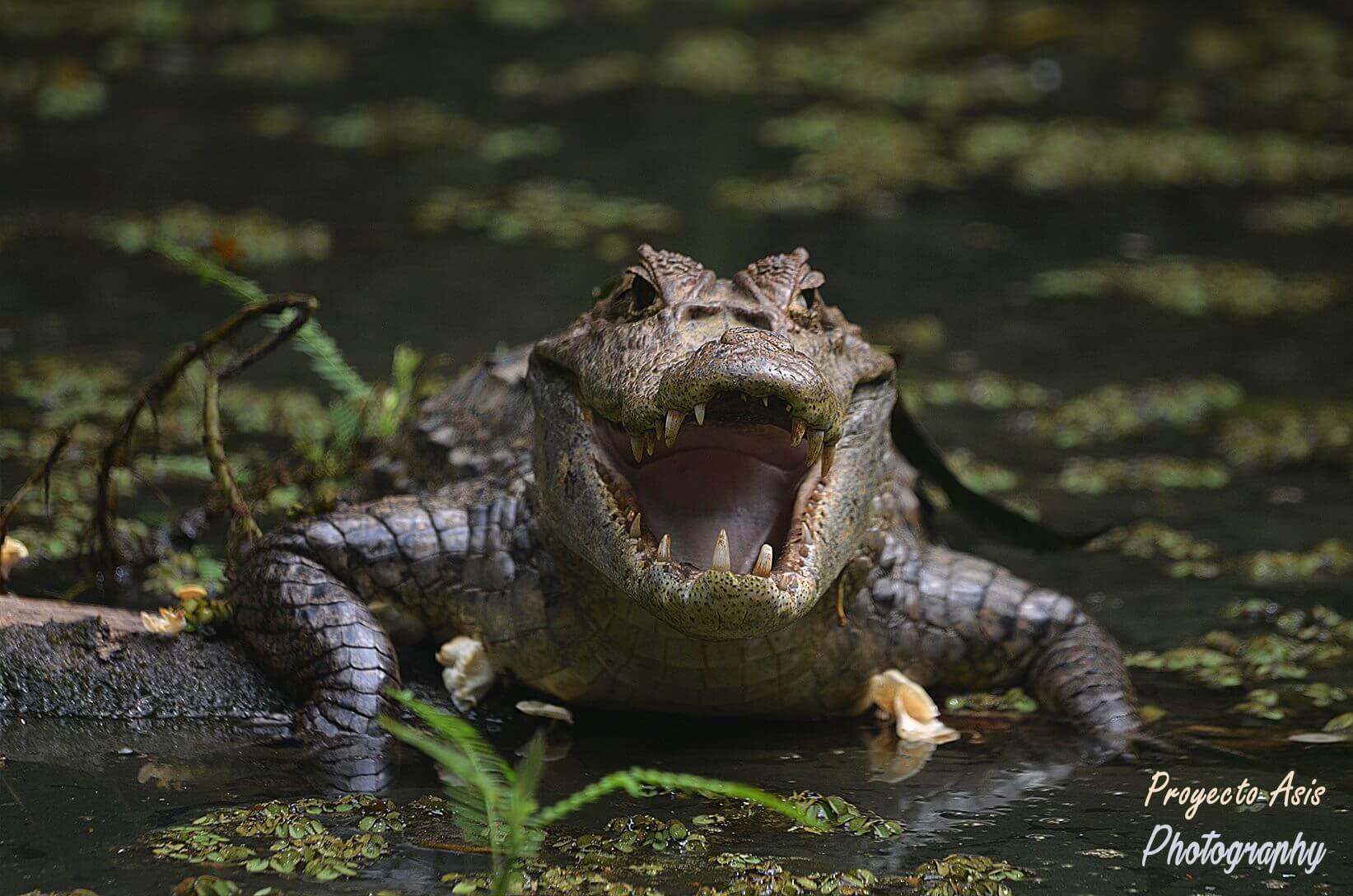
You must be logged in to post a comment.